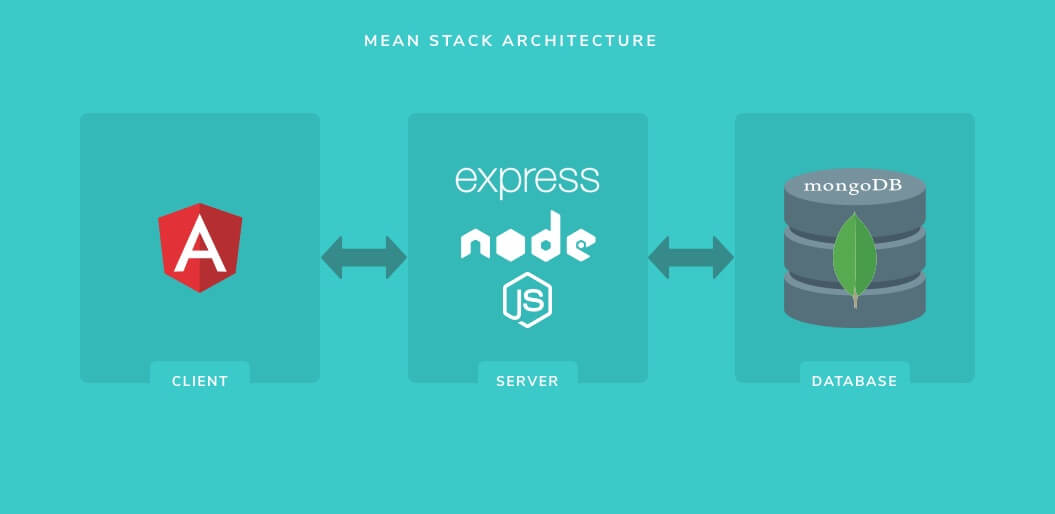CRUD (Create, Read, Update, and Delete) are the basic operations of data storage, and one of the first things you learn as a Laravel developer.
But what happens when you add a Vue.js single-page app as the front-end to this the stack? Suddenly you have to deal with asynchronous CRUD since operations now occur without a page refresh. This will require special attention to ensuring the state of the data is consistent in both the front-end and backends.


